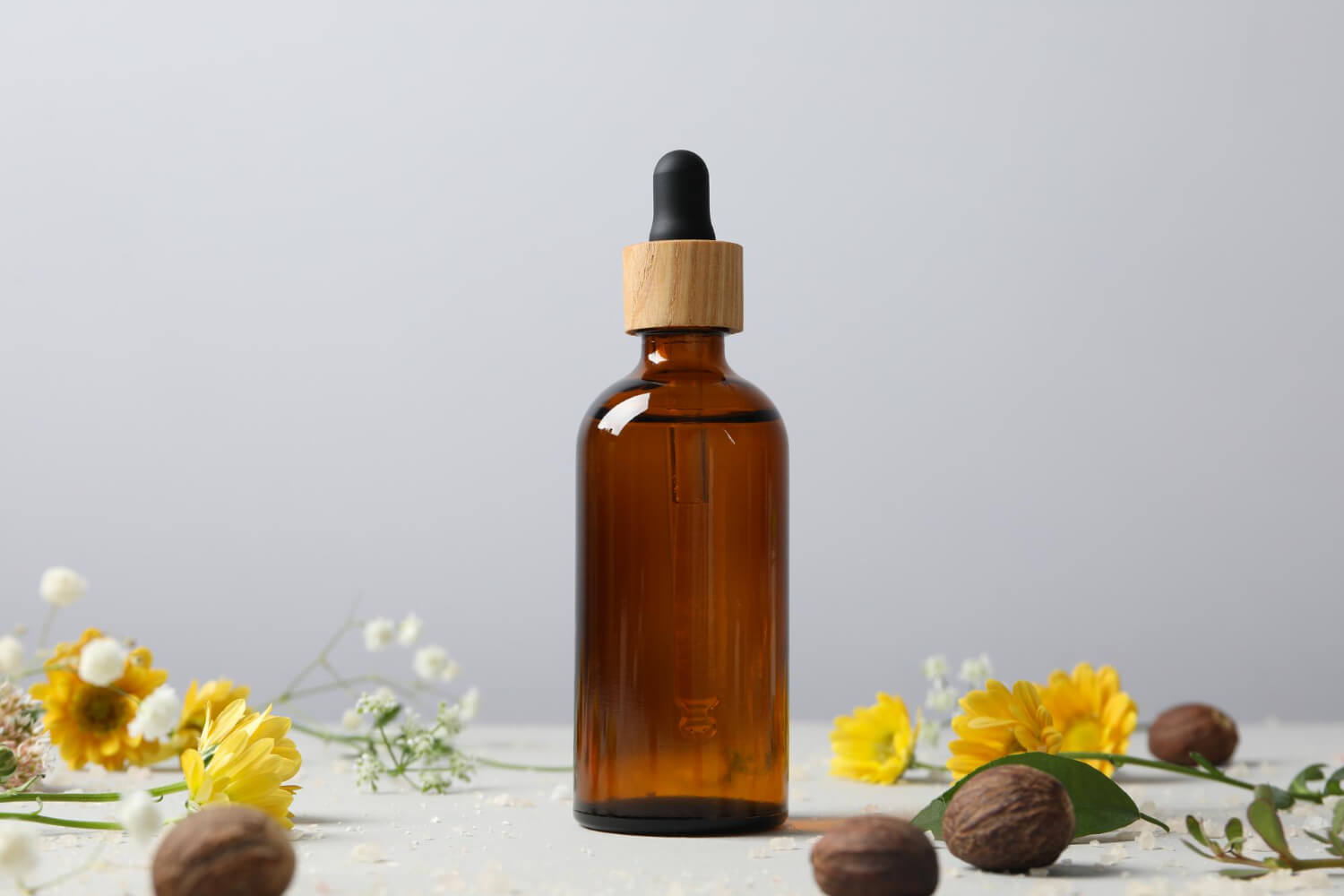Castor Oil for Eyebrows: Does It Work?
Full, defined eyebrows are in high demand, and many people are searching for natural remedies to help enhance eyebrow growth. One of the most popular at-home treatments is castor oil — a thick, plant-based oil that has long been used for various hair and skin benefits. But does castor oil really help eyebrows grow? Or is it just another beauty myth?
Let’s break down what castor oil is, what the science says, and whether it’s worth including in your eyebrow care routine.

What Is Castor Oil?
Castor oil is a vegetable oil extracted from the seeds of the Ricinus communis plant. It’s rich in ricinoleic acid, a fatty acid known for its anti-inflammatory and antimicrobial properties. This oil has been traditionally used for skin hydration, wound healing, and — most notably — hair growth.
There are two main types of castor oil commonly used in beauty routines:
Cold-pressed castor oil (clear, pale yellow)
Jamaican black castor oil (darker, due to ash content)
Both are used on eyebrows, lashes, and scalp hair to moisturize follicles and improve hair appearance.
How Is Castor Oil Supposed to Help Eyebrows?
Fans of castor oil claim it helps by:
Moisturizing the skin beneath the eyebrows
Strengthening existing hairs to prevent breakage
Creating a healthier environment for new hair growth
Thickening brows over time with consistent use
Applied daily with a cotton swab or spoolie, it’s often part of bedtime beauty routines.
What Does the Science Say?
There is limited clinical research specifically proving that castor oil stimulates eyebrow hair growth. However, some of its properties may contribute to healthier hair follicles, which can support better hair retention and possibly regrowth over time.
Here’s what we do know:
Ricinoleic acid may increase blood circulation when massaged into the skin, supporting follicle health.
The oil’s moisturizing effect can help prevent hair breakage and improve the appearance of fuller brows.
Its antibacterial and antifungal properties may reduce inflammation or folliculitis that inhibits hair growth.
While there’s no medical consensus that castor oil regrows eyebrow hair, anecdotal evidence is strong — and many users report thicker, shinier, and better-shaped brows after regular use.
How to Use Castor Oil for Eyebrows
If you’d like to try castor oil as a natural remedy, follow these simple steps:
1. Choose a pure, cold-pressed castor oil
Look for organic or hexane-free castor oil to avoid irritation.
2. Do a patch test
Apply a small amount to your inner wrist or behind your ear to check for any allergic reaction.
3. Apply nightly
Using a clean cotton swab or eyebrow brush, apply a thin layer to clean brows before bed.
4. Be consistent
Visible results may take 4 to 6 weeks or longer. Take weekly photos to track your progress.
5. Avoid getting it in your eyes
While castor oil is generally safe, it can cause irritation if it enters the eyes.
Who Should Avoid Castor Oil?
Though castor oil is generally safe for most people, it’s not for everyone. Avoid it if:
You have a history of allergies to castor oil or plant-based products
You experience redness, itching, or swelling after application
You have active eczema or dermatitis in the brow area
If you’re unsure, consult a dermatologist or aesthetic specialist before starting any new treatment.
Alternatives to Castor Oil for Eyebrow Growth
If you don’t see results or prefer other methods, consider:
Peptide-based eyebrow serums
Biotin supplements
Microblading or brow tinting
Eyebrow transplants for more permanent restoration
Aesthetic clinics can offer medically backed options that go beyond home remedies for those with significant brow thinning.
Final Thoughts
Castor oil isn’t a miracle solution, but it’s a low-cost, low-risk method that may support healthier, fuller-looking eyebrows over time. While scientific proof is limited, its moisturizing and anti-inflammatory benefits can help improve the overall condition of your brows — especially if you’ve experienced damage from over-plucking or makeup.
If you’re struggling with eyebrow loss and want a more targeted or permanent solution, professional treatments like eyebrow transplants or PRP therapy may be more effective.
